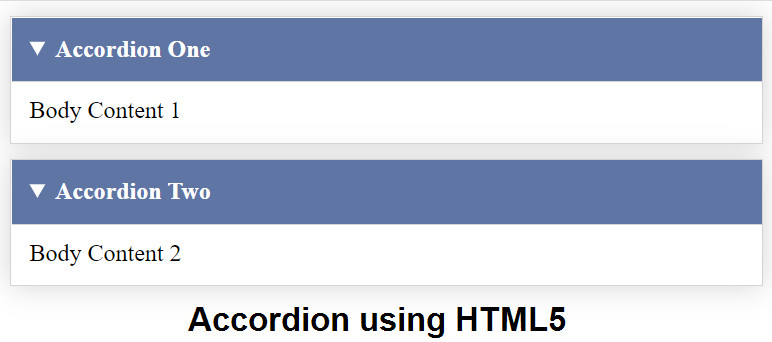

#Accordion meaning full#
(Compare to the authentic three-reed musette below.)Ī strong and distinctive tremolo sound, found in special musette accordions.Ī full yet hollow, slightly reedy quality. (Smaller instruments with fewer reed banks may have fewer switches or even none.)Ī round tone, relatively light in upper harmonics.Ī shimmering or wavering "tremolo" or " chorus effect" from detuned reeds, analogous to the Voix céleste organ stop.Īctually an imitation musette sound.
#Accordion meaning manual#
Here are a few examples of right-hand manual switches on a typical large accordion. Unlike individual organ stops, only one combination is active at any given time. For example, if an accordion has 3 reed blocks, there are potentially 2 3-1 = 7 combinations, though "less useful" ones are often omitted. In general, the formula for the number of potential switch combinations is one less than 2 to the number of unique reed blocks that are within the accordion. These switches control which reed ranks are enabled (opened up) or disabled (closed off): some switches enable a single reed rank, others enable several simultaneous reed ranks. Most accordions have automatic or preset switches, similar to voice selection on an electronic keyboard, or (more precisely) to a preset combination action in a pipe organ. Register switches select combinations of reed ranks to produce contrasting timbres. It is one octave lower than an 8' reed rank. This is the lowest and deepest-sounding reed rank in the reed chamber. Usually only included on special "musette accordions". It is usually tuned slightly lower than the basic middle reed rank. This is another middle reed rank, the lower tremolo rank. Not all accordions may have this reed rank. It is usually tuned slightly higher than the basic middle reed rank.

This is another middle reed rank, the upper tremolo rank. It is the reference which is first tuned, then serves as a base for tuning the others.

It is an octave above the 8′ reference stop, and mostly serves to add color to the heavier reeds. Not all accordions will have this reed rank. Accordions with three 8′ ranks have the third tuned the same distance below the center, doubling the effect of the beats when all three play. Tunings where the difference between the two is small and the beats are less noticeable are referred to as "dry", whereas those where the difference is large are referred to as "wet". This causes beats when the two 8′ ranks sound together, creating a distinctive tremolo timbre. On accordions with two 8′ ranks, one is tuned a fraction of a semitone (usually no more than 25 cents ) higher than the other ranks. This is a similar arrangement to stops for a pipe organ. Most reed registers are normally in relative octave tuning, but rarely, some instruments have a reed bank tuned to a perfect fifth relative to the 8′ stop (or some octave of that) such as the Bayan (accordion) in the new models. For the same reason, a stop that sounds an octave higher is at 4′ pitch, and one that sounds an octave lower than unison pitch is at 16′ pitch. A bank that sounds at unison pitch when keys are depressed is called 8′ (pronounced "eight-foot") pitch: alluding to the length of the lowest-sounding organ pipe in that rank, which is approximately eight feet. The pitch of a single bank of reeds is traditionally defined in a similar manner to the organ stops of a pipe organ. These icons display when more than one reed-rank is in use. Visually, they each have a fixed dot in a three-level icon as displayed in the photo on the right and tables below.

Reed ranks are classified by either organ 'foot-length' stops or instrument names. A 3/4 accordion has three reeds on the treble sides and four on the bass side. For example, a 4/5 accordion has four reeds on the treble side and five on the bass side. How many reeds an accordion has is specified by the number of treble ranks and bass ranks. More of the top-line expensive accordions may contain five or six reed blocks on the treble side for different tunings, typically found in accordions that stress musette sounds. These can usually be selected individually or combined in various ways to provide a range of different timbres, by use of register switches arranged by register from high to low. Most accordions to this date typically have between two and four reed ranks on the treble side and between three and five reed ranks on the bass side. These reed ranks are located in the reed chamber. Accordion reed ranks with closeup of reedsĪ reed rank inside an accordion is a single full set of the reeds that are the means to achieve the instrument's sound range.


 0 kommentar(er)
0 kommentar(er)
